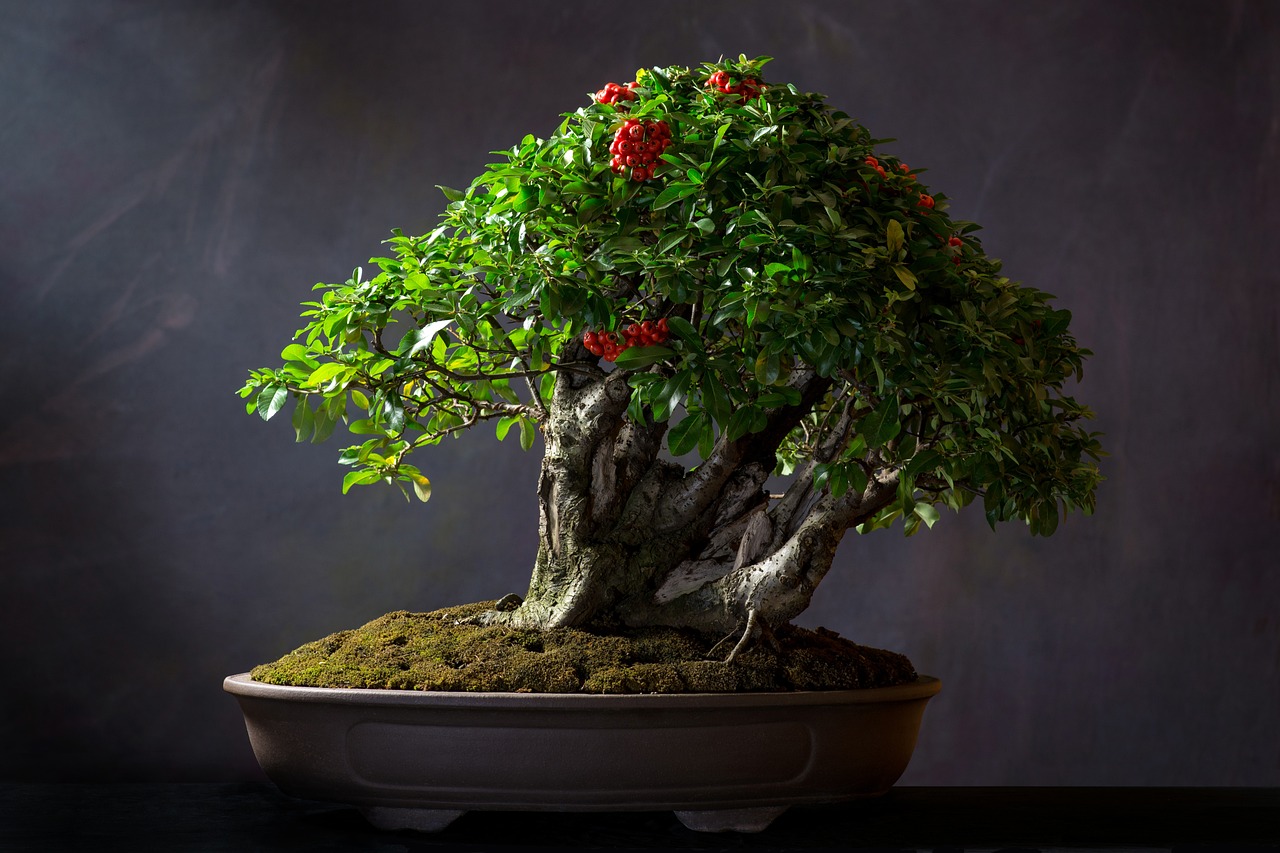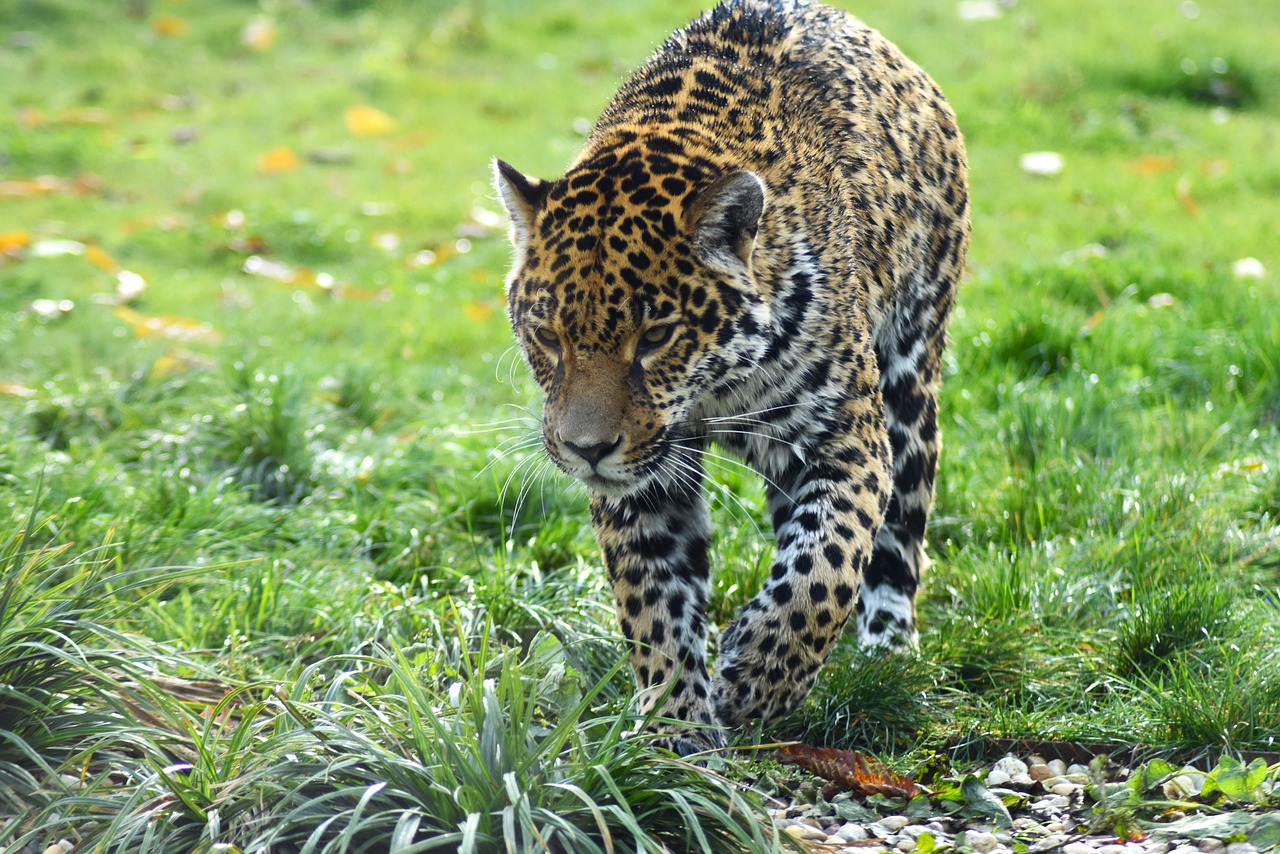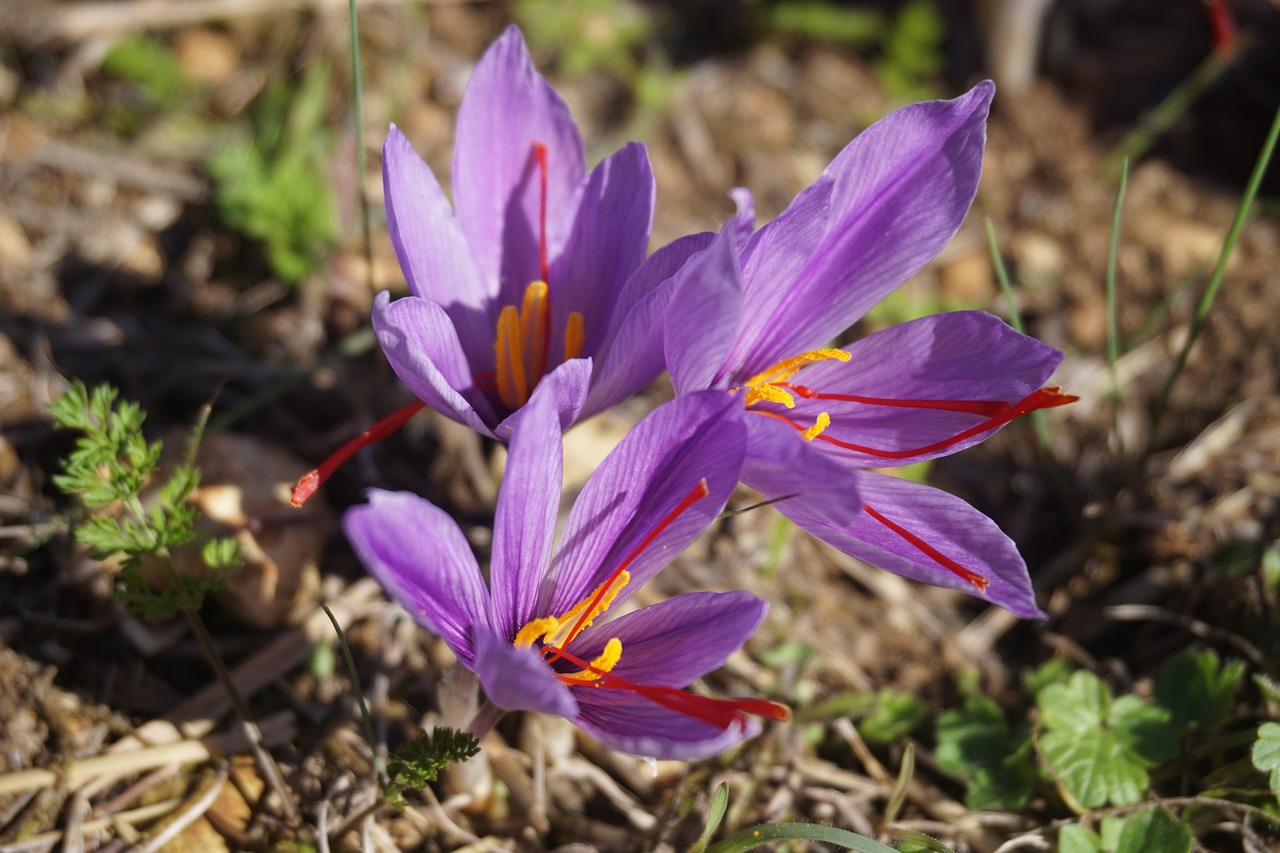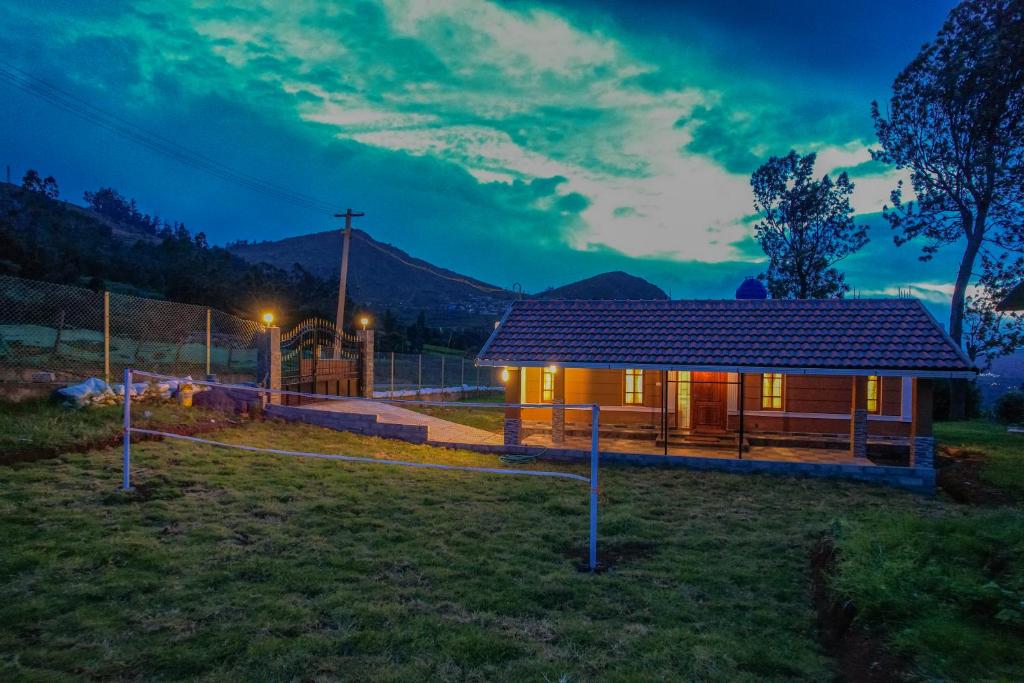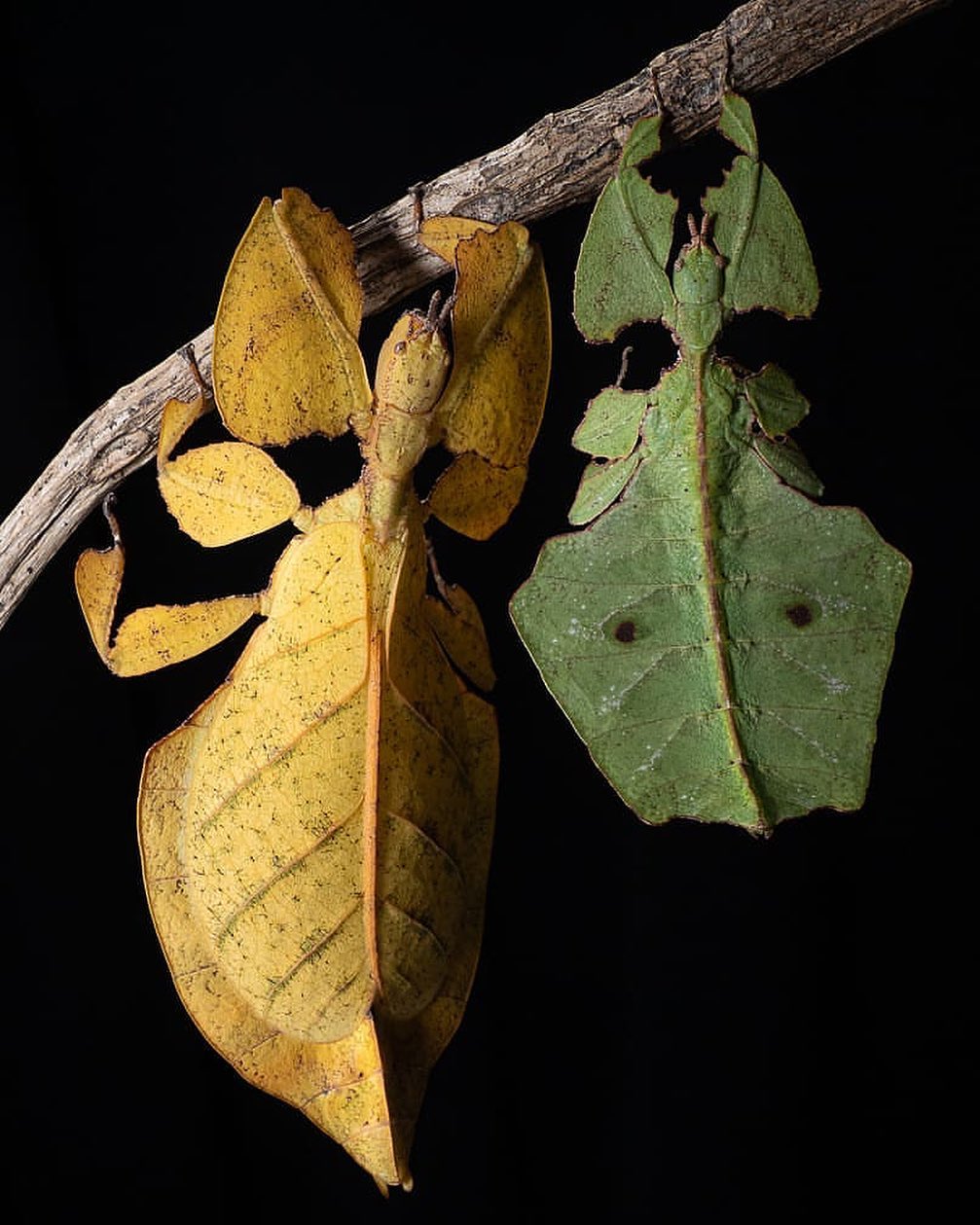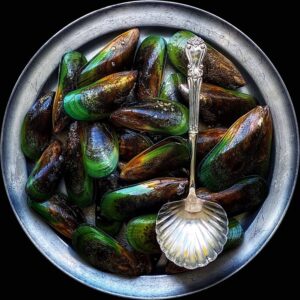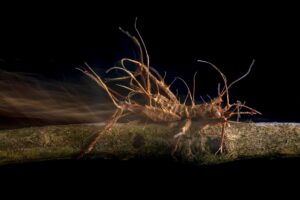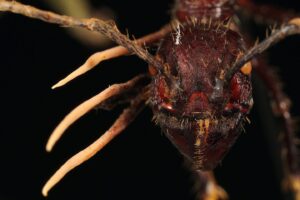 Pin
Pin Image by bjornnabbe
Nestled in the bustling heart of Rio de Janeiro, something magical happens when you step into Tijuca National Park. The city’s honking cars and crowded beaches fade away, replaced by the gentle rustle of leaves and distant bird calls. This isn’t just any forest—it’s one of the world’s largest urban forests, covering over 8,000 acres of lush Atlantic rainforest.
What makes this place truly special are the Tijuca National Park Animals that call this green sanctuary home. From tiny hummingbirds that dart between flowering trees to mysterious nocturnal creatures that emerge after sunset, the park pulses with life. Every trail offers a chance encounter with Brazil’s incredible wildlife, making it feel like stepping into a living, breathing nature documentary right in the middle of one of South America’s biggest cities.
Table of Contents
The Feathered Stars of Tijuca
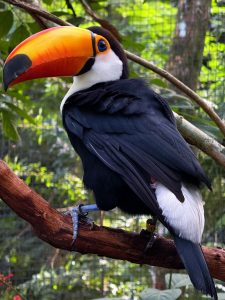 Pin
Pin Toco Toucan – Photo by marinessa_mandarin
The air in Tijuca comes alive with a symphony of bird calls that would make any nature lover’s heart skip a beat. Over 200 bird species have made this urban oasis their permanent address, creating one of Brazil’s most accessible birdwatching destinations. Toucans with their oversized, colorful beaks hop between branches like cartoon characters come to life, while tiny hummingbirds buzz past your ears in flashes of emerald and ruby.
The park’s most famous feathered resident might just be the Bem-te-vi, a bright yellow flycatcher whose name mimics its distinctive call. These bold little birds aren’t shy about posing for photos, often perching on trail markers as if they know they’re the park’s unofficial greeters. Early morning visitors get the best show, when the forest awakens with a chorus that echoes through the valleys like nature’s own alarm clock.
Monkey Business in the Treetops
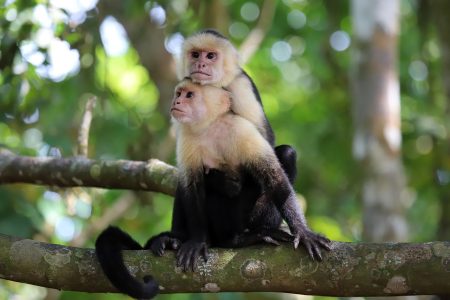 Pin
Pin Capuchin Monkeys – Image by Ulrich P. from Pixabay
Nothing quite prepares you for your first encounter with Tijuca’s most playful residents—the marmosets and capuchin monkeys. These acrobatic primates swing through the canopy with an ease that makes Olympic gymnasts look clumsy. The common marmosets, with their tufted ears and expressive faces, often travel in chattering family groups that sound like they’re having heated debates about the best fruit trees.
Capuchin monkeys bring their own brand of entertainment to the forest. These intelligent creatures have been spotted using tools to crack open nuts and even washing their food in streams. But here’s a gentle reminder: as adorable as they look, feeding these wild animals disrupts their natural behavior and can make them aggressive. The best monkey encounters happen when you simply sit quietly on a bench and let curiosity bring them closer—sometimes close enough to see their surprisingly human-like expressions.
Slithering Through the Shadows
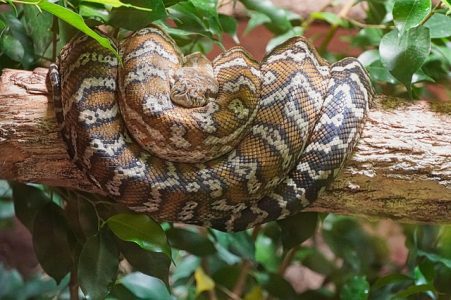 Pin
Pin Boa Constrictor – Image by Anrita from Pixabay
Before you start worrying, take a deep breath—most of Tijuca’s snakes are completely harmless and actually help keep the ecosystem balanced by controlling rodent populations. The park hosts about 30 snake species, from tiny thread snakes no thicker than a shoelace to impressive boas that can stretch over six feet long. The golden-green tree snake is a local favorite, often spotted sunbathing on warm rocks with its iridescent scales catching the filtered sunlight.
What’s fascinating about these serpentine residents is how well they’ve adapted to forest life. Many species are excellent climbers, using their muscular bodies to navigate through branches with grace that would make a trapeze artist jealous. The harmless coral snake mimic, with its bright red and black bands, perfectly demonstrates nature’s clever disguise tactics. Most visitors never spot a single snake during their hikes, as these shy creatures prefer to slip away long before humans approach.
Dancing Wings and Rainbow Colors
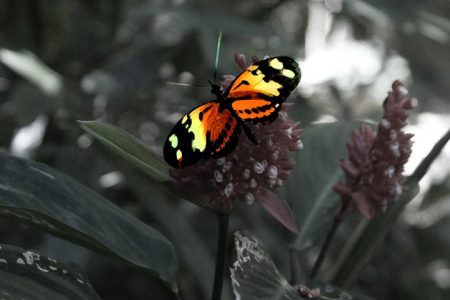 Pin
Pin Butterflies in Tujica National Park – Image by hellotickets.ca
Step into any sunny clearing in Tijuca and you’ll witness one of nature’s most enchanting displays—hundreds of butterflies dancing through shafts of golden sunlight. The park hosts over 300 butterfly species, turning every hike into a living kaleidoscope. Giant blue morphos, with wings that span nearly six inches, flutter past like pieces of sky that broke free from the canopy above.
The smaller species pack just as much visual punch. Tiny jewel-toned butterflies no bigger than your thumbnail cluster around muddy puddles, creating living mosaics of orange, yellow, and emerald green. The transparent glasswing butterflies seem almost magical as they hover near flowering vines, their see-through wings catching and bending light like natural prisms. The best butterfly spotting happens during the warmer months when flowers bloom in abundance, creating natural highways of nectar that draw these winged artists from across the forest.
When Darkness Brings New Life
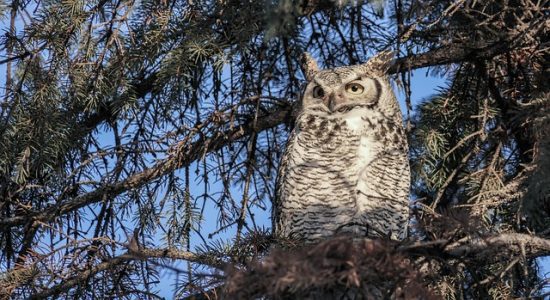 Pin
Pin Great Horned Owl – Image by Wayne Linton from Pixabay
As the sun dips behind Tijuca’s towering peaks, a completely different cast of characters takes center stage. The forest transforms into a mysterious theater where glowing eyes peer from hollow trees and strange calls echo through the darkness.
Great horned owls announce their presence with deep, haunting hoots that seem to bounce off every tree trunk, while smaller screech owls add their trembling whistles to the nighttime orchestra.
Bats emerge from their daytime hideouts in impressive numbers, turning the evening sky into a swirling cloud of leathery wings. These flying mammals aren’t scary—they’re actually the forest’s pest control heroes, gobbling up thousands of mosquitoes and other insects each night. The most exciting nocturnal encounter might be spotting a kinkajou, a golden-furred relative of raccoons that uses its long tail like a fifth hand while raiding fruit trees under cover of darkness.
Tiny Giants of the Forest Floor
Don’t let their small size fool you—Tijuca’s frogs pack more personality per square inch than creatures ten times their size. The park’s streams and hidden pools come alive with a chorus of croaks, chirps, and trills that sound like a natural percussion section. Bright yellow poison dart frogs, no bigger than your thumb, hop across moss-covered logs like living drops of sunshine, while tree frogs with sticky toe pads cling to vertical surfaces in gravity-defying poses.
The real showstoppers emerge after evening rains, when the forest floor becomes a amphibian dance floor. Tiny glass frogs with translucent skin reveal their beating hearts like living x-rays, while robust toads with warty skin patrol the leaf litter for unsuspecting insects. Listen closely near any stream and you’ll hear the distinctive “coqui” call of the native tree frogs—a sound so iconic that it’s become the forest’s unofficial soundtrack for countless nature documentaries.
Nature's Hardest Workers
Watch where you step in Tijuca, because you’re sharing the trails with some of the most industrious creatures on Earth. Leafcutter ants march in endless highways across forest paths, carrying bright green umbrellas of freshly cut leaves that can be three times their body weight. These tiny farmers don’t actually eat the leaves—they use them to cultivate underground fungus gardens that feed their entire colony.
The forest floor buzzes with constant activity from dozens of ant species, each playing a crucial role in keeping the ecosystem running smoothly. Army ants move through the underbrush like a living carpet, cleaning up dead insects and small creatures, while tiny fire ants build elaborate cities in rotting logs. Beetles join the cleanup crew too, with metallic-green scarabs and horn-nosed rhino beetles working overtime to break down fallen branches and recycle nutrients back into the soil.
Hidden Water Worlds
Tucked between Tijuca’s dense vegetation, crystal-clear streams create miniature water worlds that most visitors walk right past without noticing. These hidden aquatic highways teem with life that’s perfectly adapted to Brazil’s mountain forest environment. Small freshwater turtles paddle through shallow pools, their dark shells blending so perfectly with submerged rocks that they seem to appear and disappear like magic.
The park’s waterways host an impressive variety of native fish species, from tiny tetras that flash silver in the dappled sunlight to larger characins that lurk in deeper pools. Crayfish scuttle across stream beds with their claws raised like miniature boxers, while water striders dance across the surface tension as if the water were solid ground. During dry seasons, these streams become wildlife highways where animals from across the forest come to drink, creating some of the best wildlife viewing opportunities for patient observers.
Life in the Penthouse Suite
High above the forest floor, Tijuca’s canopy creates a completely different world where specialized creatures have mastered the art of treetop living. Sloths move through this aerial neighborhood at their famously leisurely pace, hanging upside down from branches with a zen-like calm that makes stressed city dwellers instantly jealous. These furry philosophers can spend entire days in a single tree, moving so slowly that algae grows on their fur, creating perfect camouflage.
The canopy also hosts some of Brazil’s most elusive mammals. Coatis, with their distinctive ringed tails and long snouts, travel in family groups through the treetops like acrobatic bandits. Opossums, South America’s only native marsupials, emerge at dusk to patrol the branches for fruits and insects. The lucky few might catch a glimpse of a margay—a small wild cat with enormous eyes designed for nocturnal hunting—as it moves through the upper branches with the grace of a forest ghost.
Guardian Angels of the Forest
What makes Tijuca truly remarkable isn’t just its incredible biodiversity—it’s the inspiring story of how this forest came back from the brink of destruction. In the 1800s, coffee plantations had stripped these mountains nearly bare, leaving behind eroded hillsides and polluted streams. Today’s lush paradise exists because dedicated conservationists spent over 150 years replanting native trees and reintroducing wildlife, proving that damaged ecosystems can heal with enough patience and care.
The park’s success story continues today through the work of local biologists, park rangers, and volunteer groups who monitor animal populations and protect nesting sites. Educational programs teach visitors about the delicate balance that keeps this urban forest thriving, while research projects track everything from butterfly migration patterns to monkey family structures. Every animal you encounter in Tijuca represents a small victory in one of conservation’s greatest success stories—proof that humans and wildlife can coexist beautifully when we choose to be thoughtful neighbors.
FAQs
Early morning (7-9 AM) when they’re most active and searching for breakfast in the fruit trees.
Yes, but peak season is October-March when flowers bloom most abundantly in Brazil’s summer.
Venomous species exist but are extremely rare and shy. Stick to marked trails and you’ll be perfectly safe.
The park closes at sunset, but early evening visits (5-6 PM) offer great chances to hear night sounds starting up.
Birds and butterflies are most cooperative, especially near the park’s visitor center where they’re used to people.



